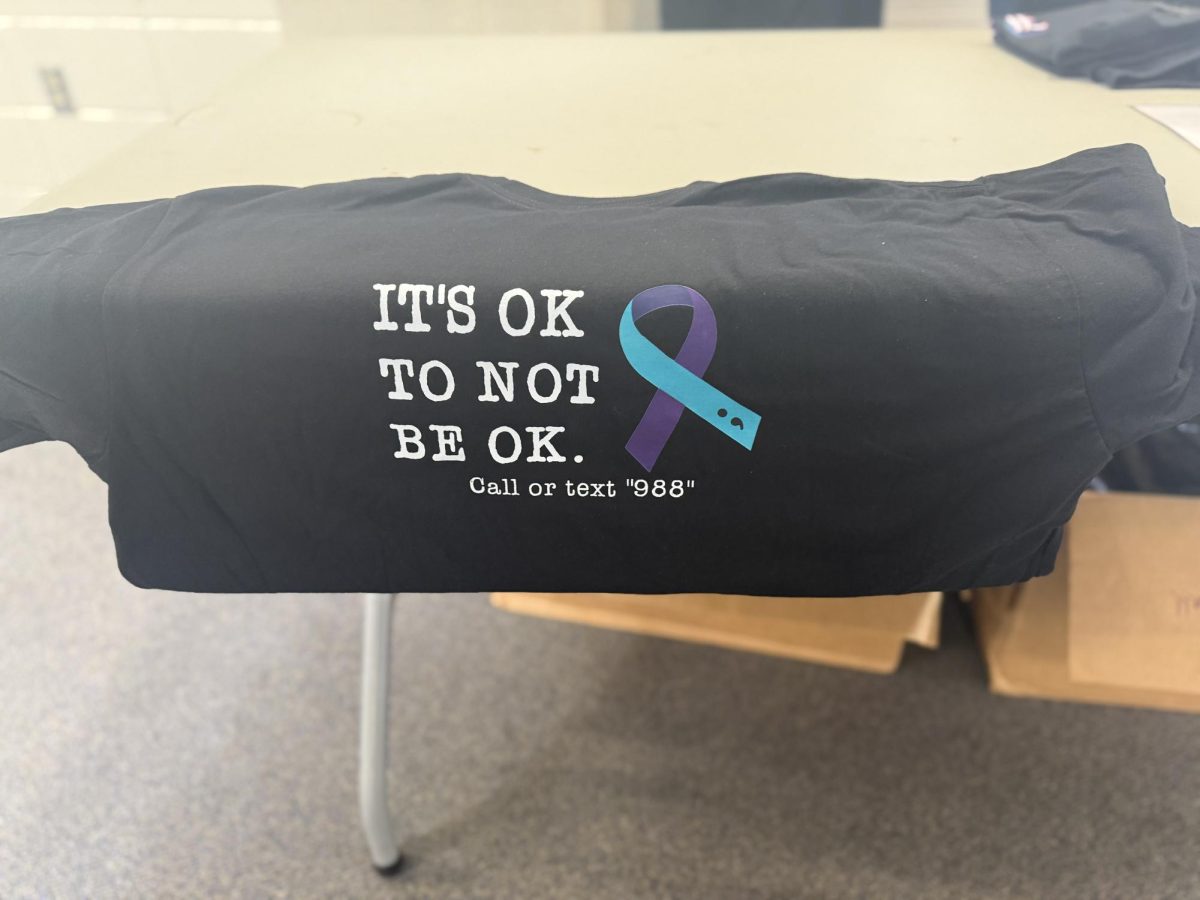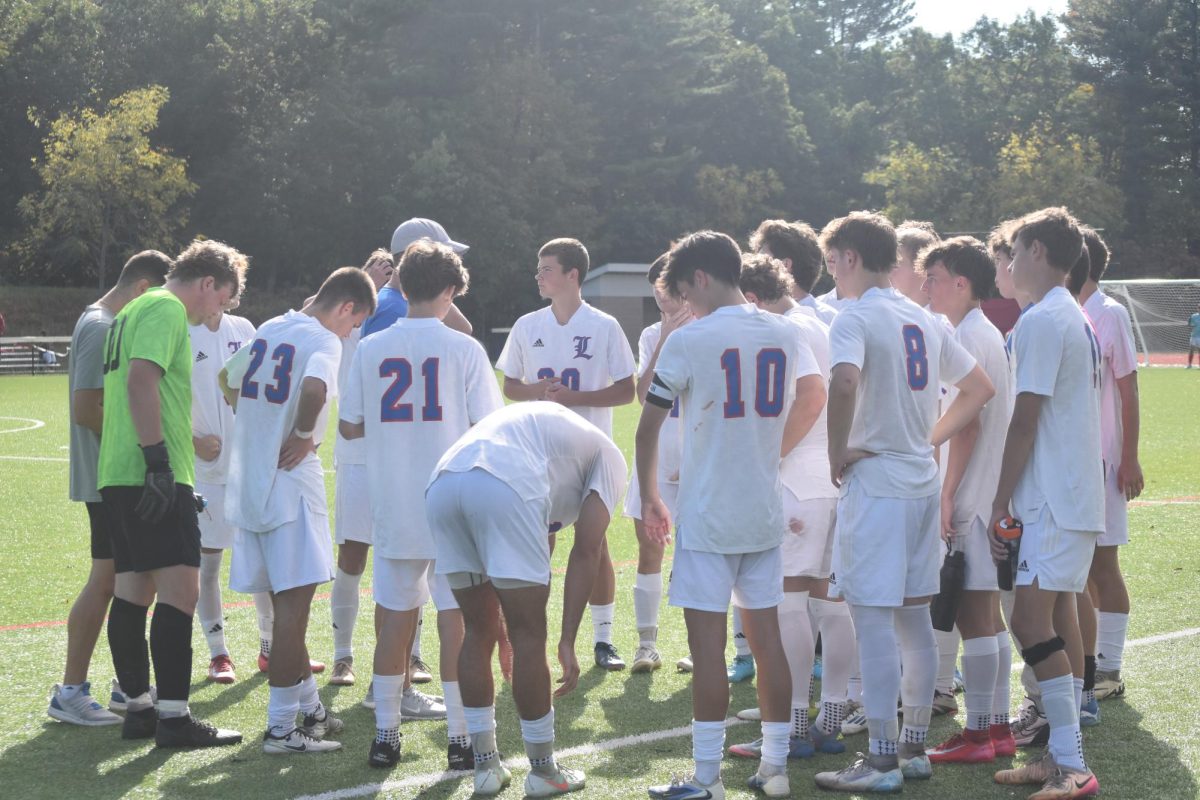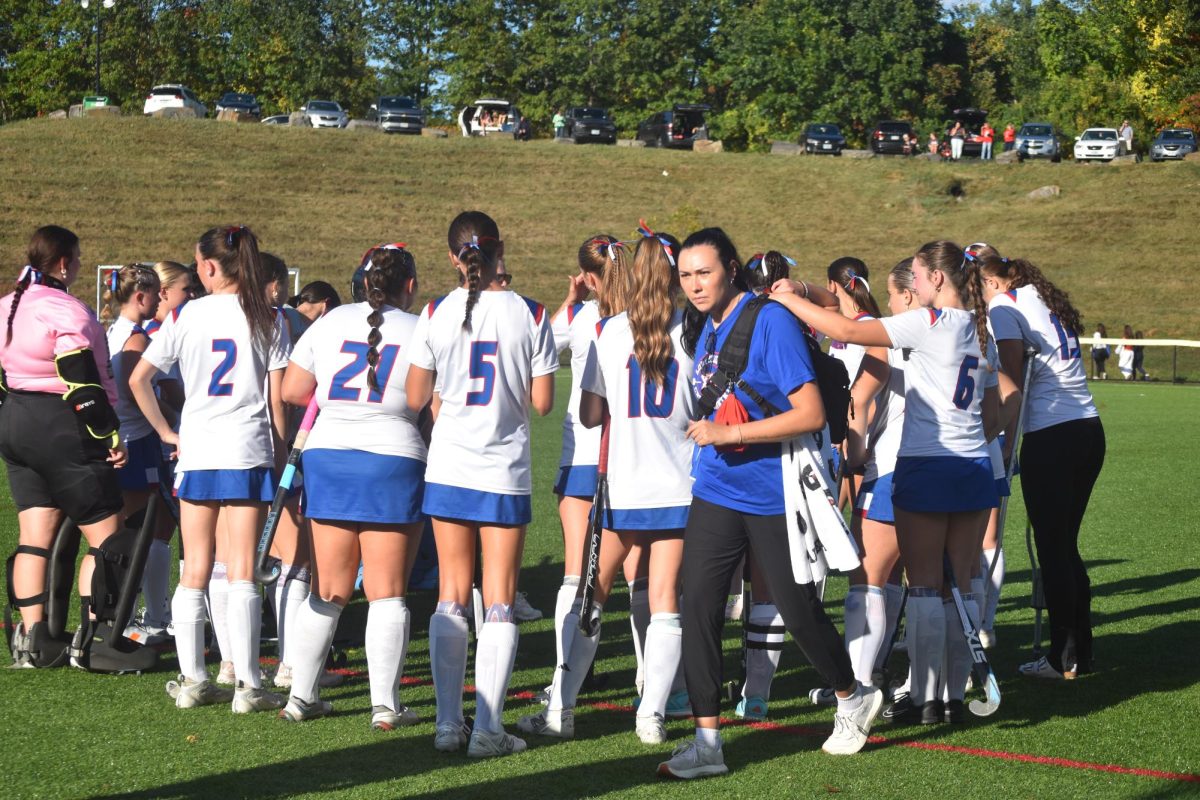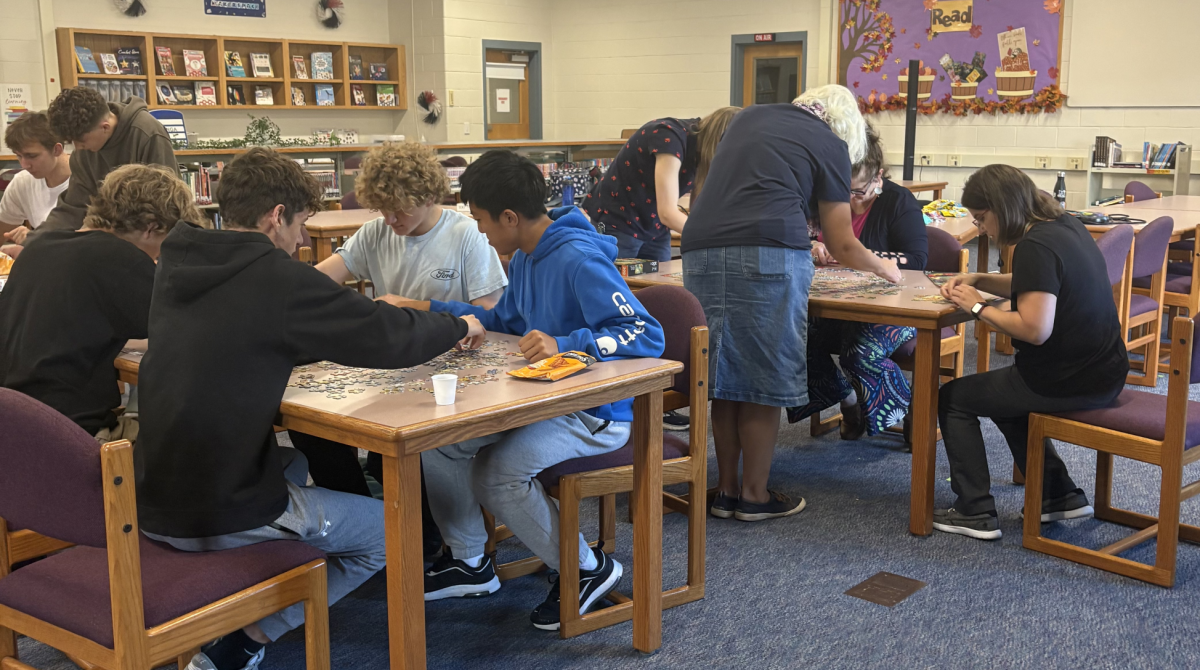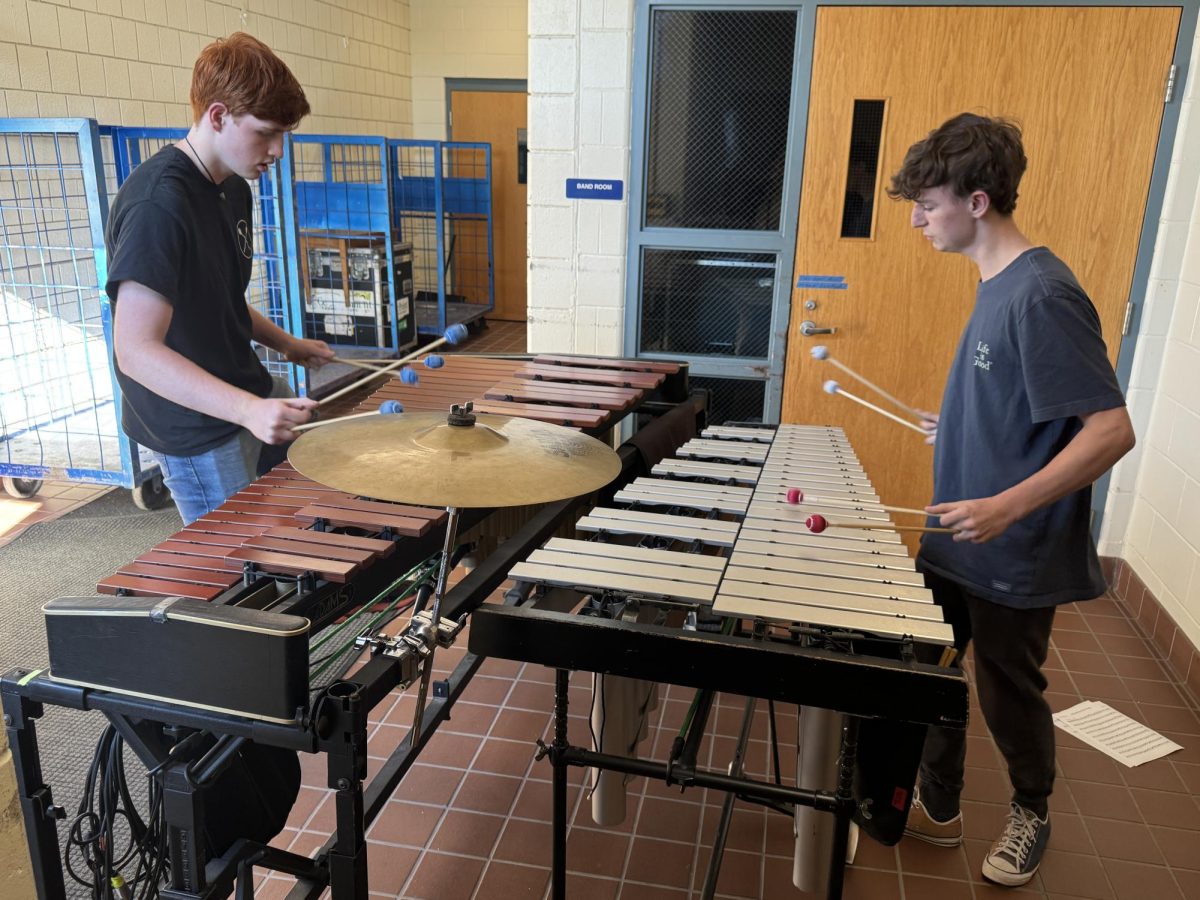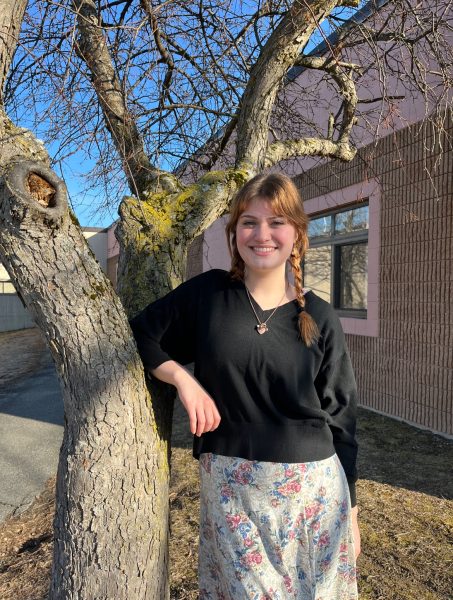
Math teacher Rebecca Peabody walks through the 100s wing at LHS, laptop in hand. She logs onto her Google account to check her email but receives nothing but an error message. This difficulty in connecting to the Wi-Fi network is a struggle often faced by both teachers and students at the school.
“It affects any teaching, and I think last year it was a lot worse,” Peabody said. “Last year, I had to go back and forth with using whiteboards because my Wi-Fi would constantly cut out in my room, and other math teachers were struggling at the same time.”
Peabody isn’t alone in this experience, as math teacher Jennifer Viel commiserates with her struggles.
“I have to make sure I always have an alternative plan in place,” Viel said. “Sometimes I have to totally scrap a lesson because we can’t do it [without Wi-Fi].”
These repeated instances of internet difficulty beg the question: what’s the deal with the Wi-Fi?
According to IT Specialist Ryan Barrett, there shouldn’t be a problem. It’s going to “act slow” if students are using their personal devices to “get to things that we filter.”
But if students are doing schoolwork? Barrett said it “should not be slow.”
“Our system is actually capable of handling the entire student body, and then some,” Barret said.
Barrett explained that the struggles students complain about is mostly in regard to the guest Wi-Fi network.
“The guest network has a five or ten second delay when you move from one spot to the next,” Barrett said, “so you’re not hitting every device in the ceiling as you’re walking in the hallway. And that’s to prevent system overload, because we have so many cell phones in the building.”
According to junior Arianna Conomacos, an intern at the IT office in the school, connectivity issues in the busy 100s wing are not only due to the high traffic in the area, but also due to the structure of the building itself.
“In the 100s they could put in a million access points, but it’s still gonna be a bit slow just because of how the building is built,” Conomacos said. “The materials the school is built with are just bad for connectivity. We would have to have an access point in every single room, and that’s not realistic.”
IT Director Brandon Weinert at the district office explained that though it is common to assume connectivity issues stem from the Wi-Fi network at school, a majority of the issues are actually on the part of the devices themselves.
“The most common issue is that the client is not connected to the nearest access point,” Weinert said.
Recently, the IT office has aimed to improve upon this dilemma by installing additional access points around the school. The IT specialists at LHS and the DO cannot provide the map of access points due to security concerns, but said they are continuously scanning and improving the Wi-Fi signal throughout the school.
Though improvements have been made to the Wi-Fi network, Weinert said their work is never done.
“There is always a plan to improve bandwidth,” Weinert said. “It is evaluated regularly and upgraded to meet the current and future needs of the district.”








